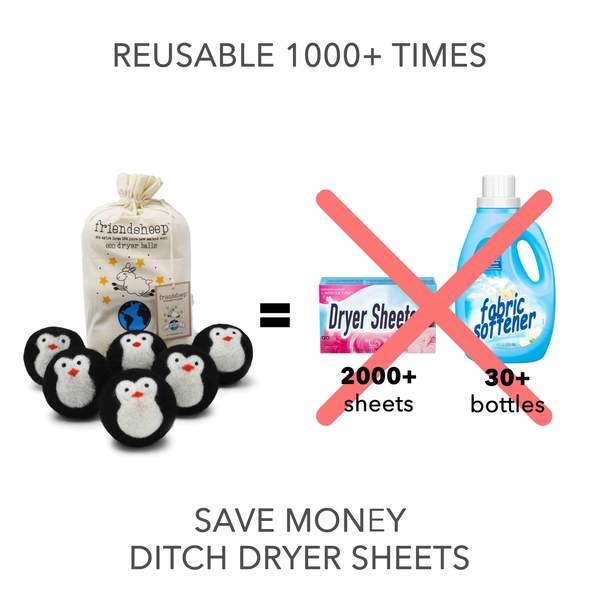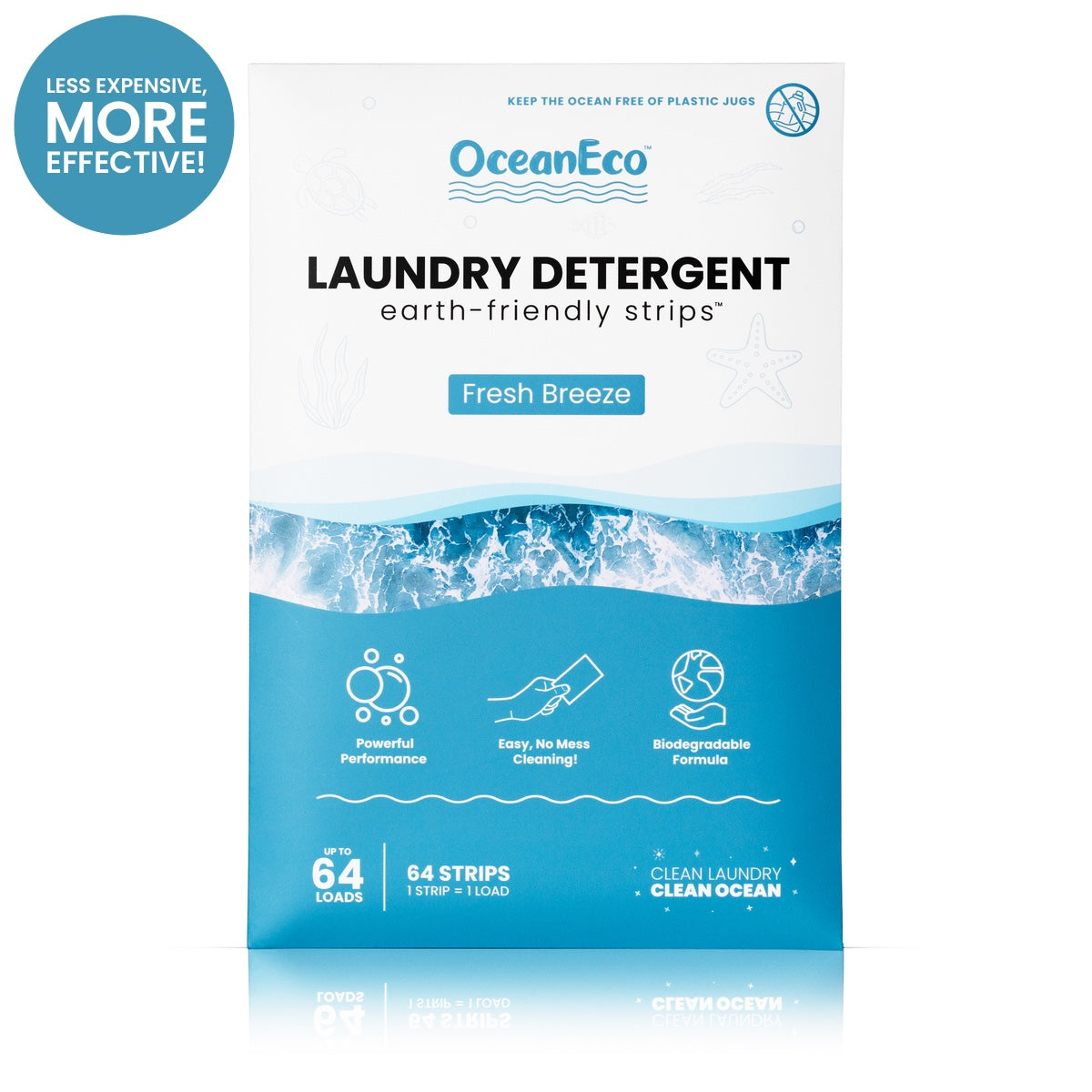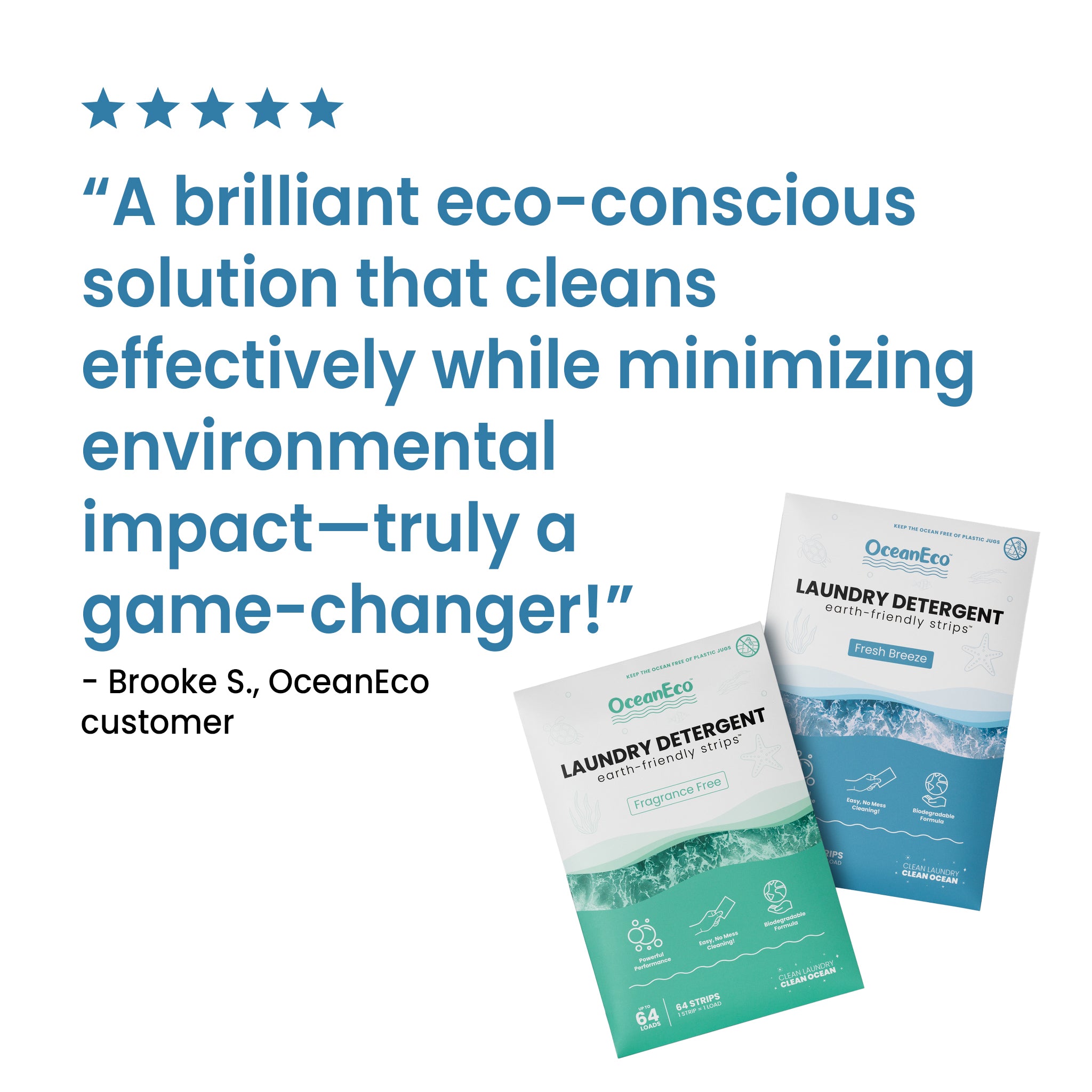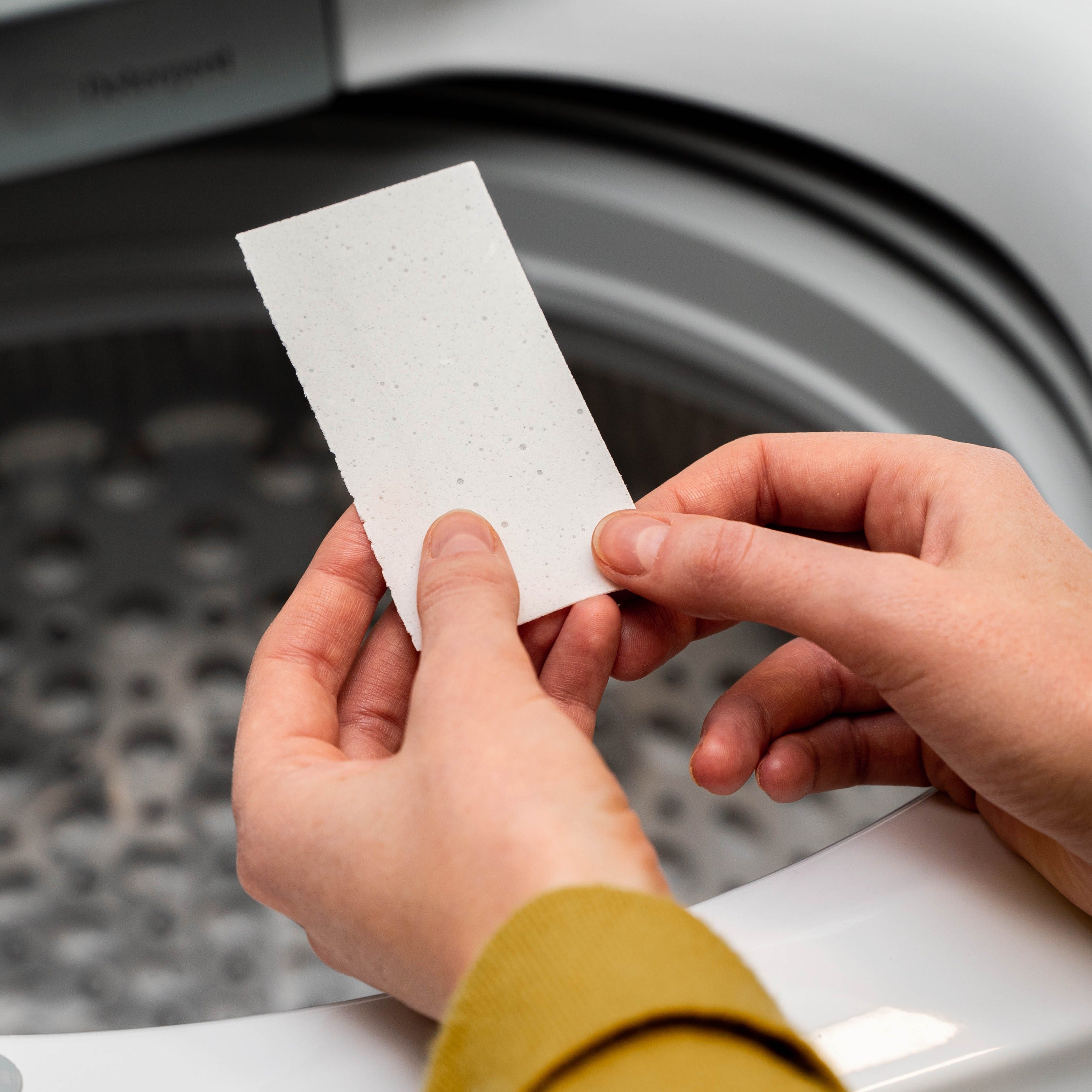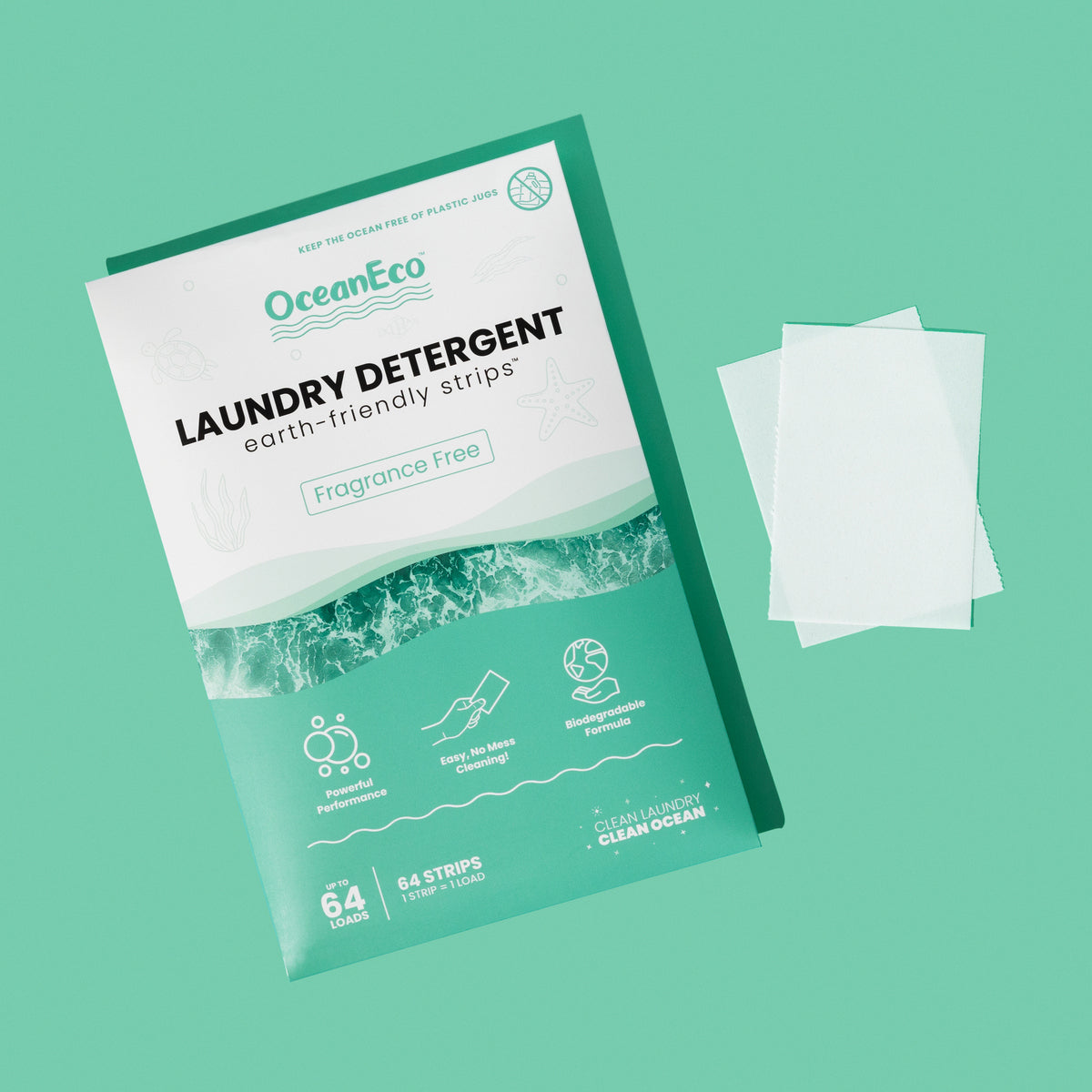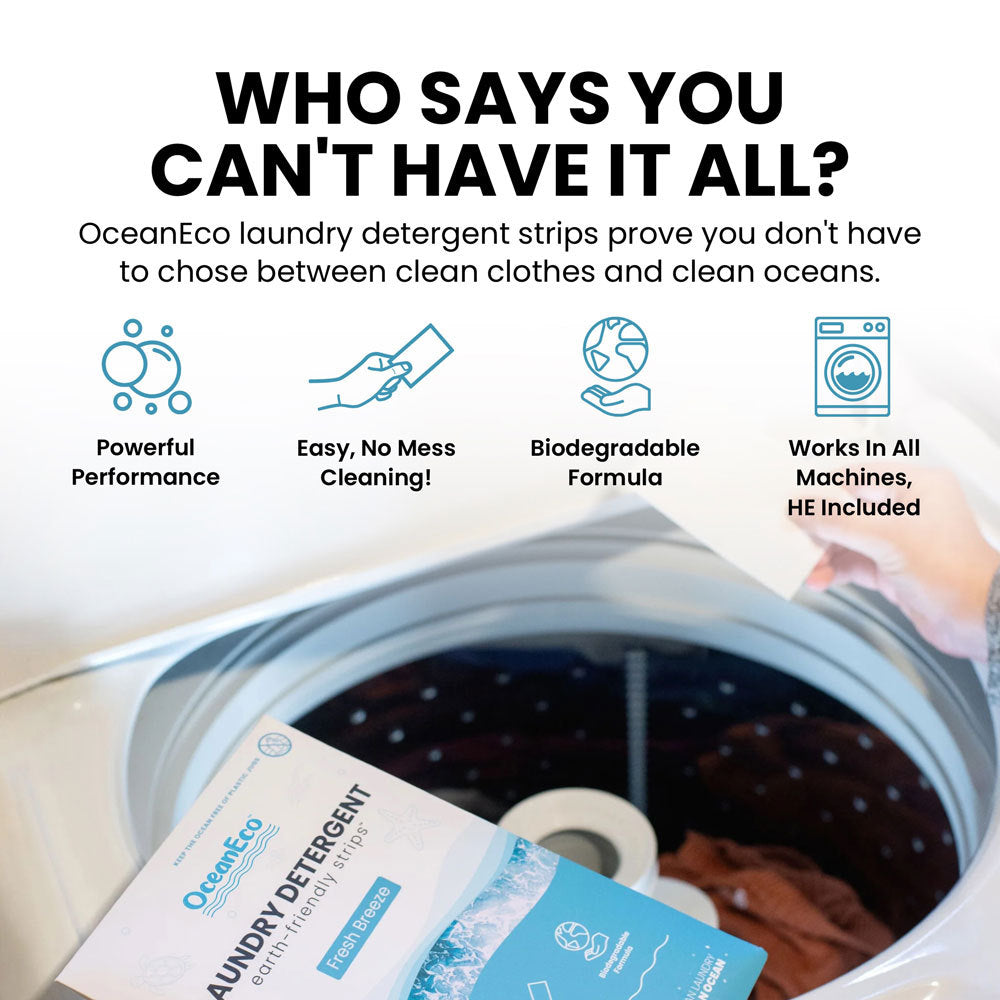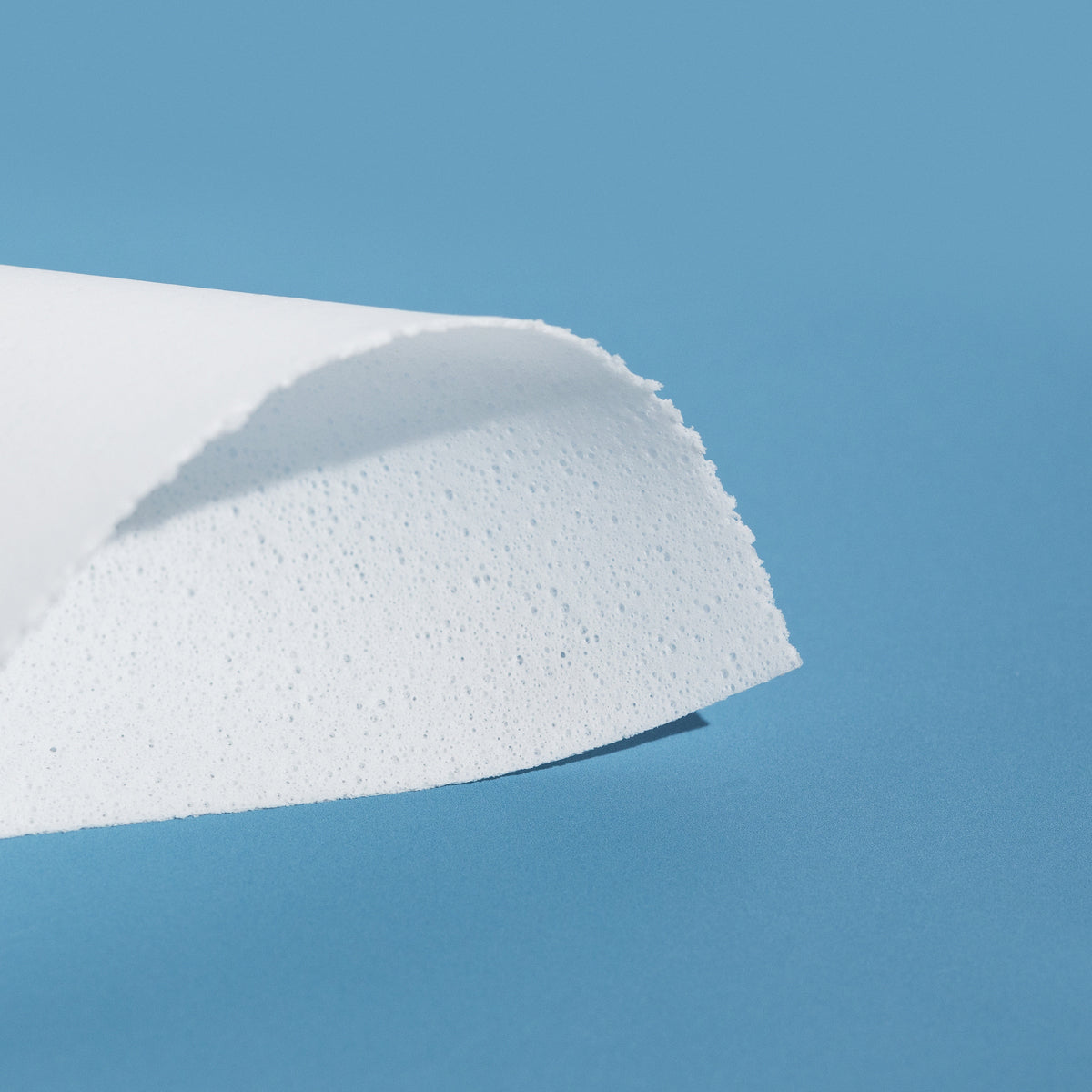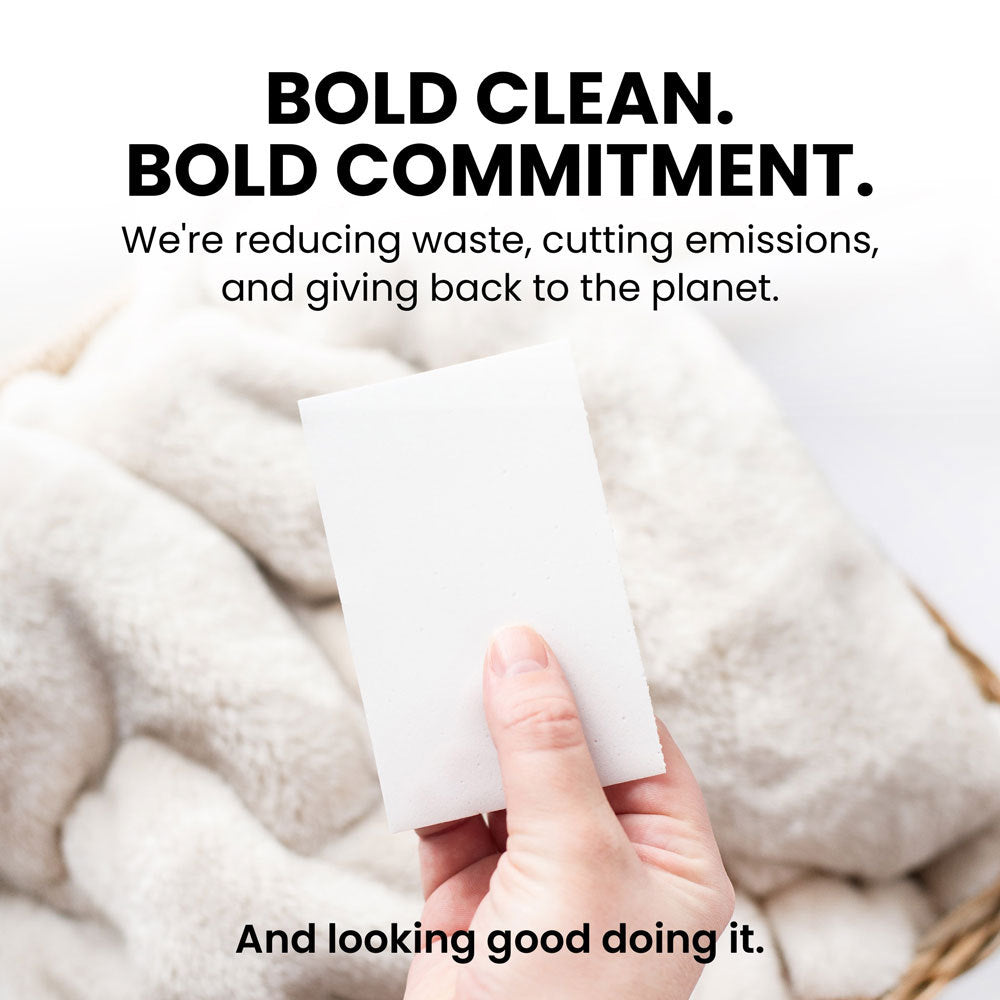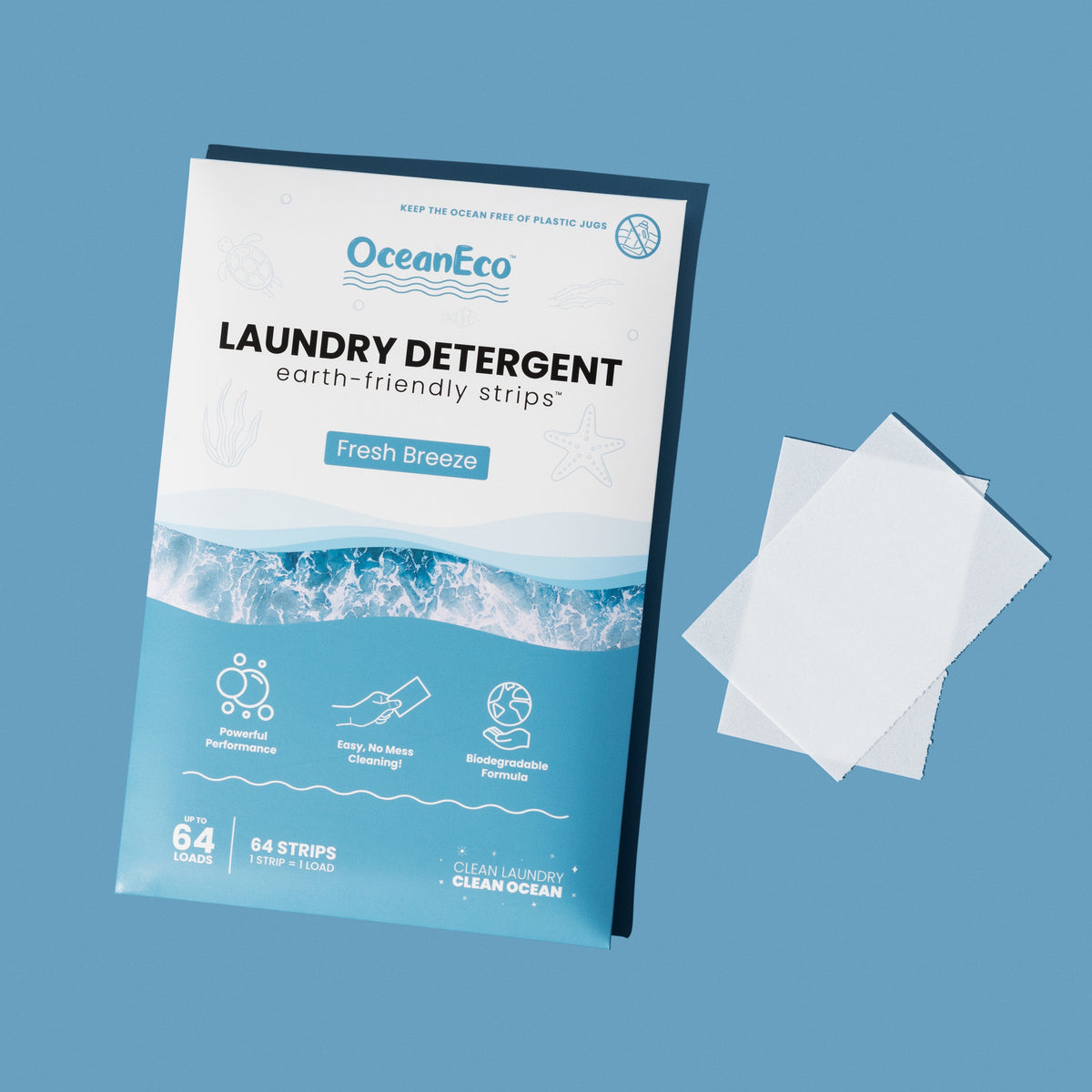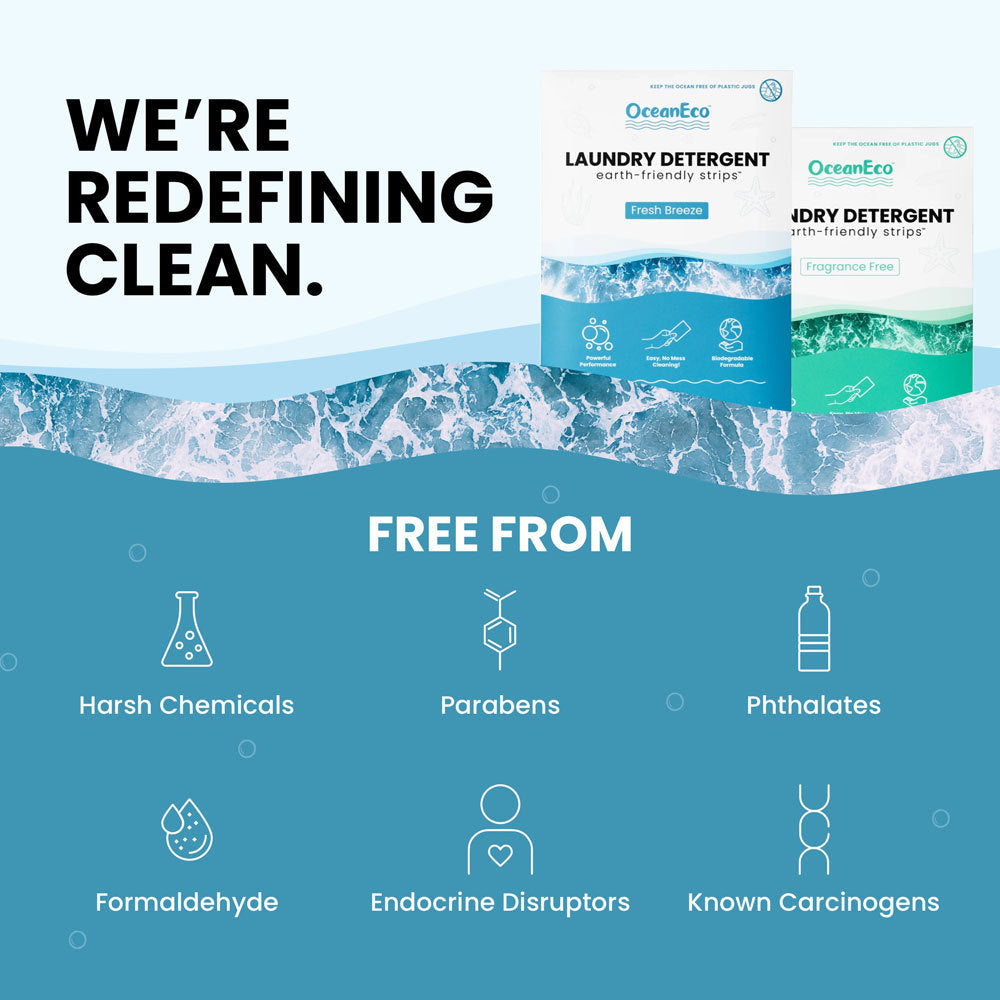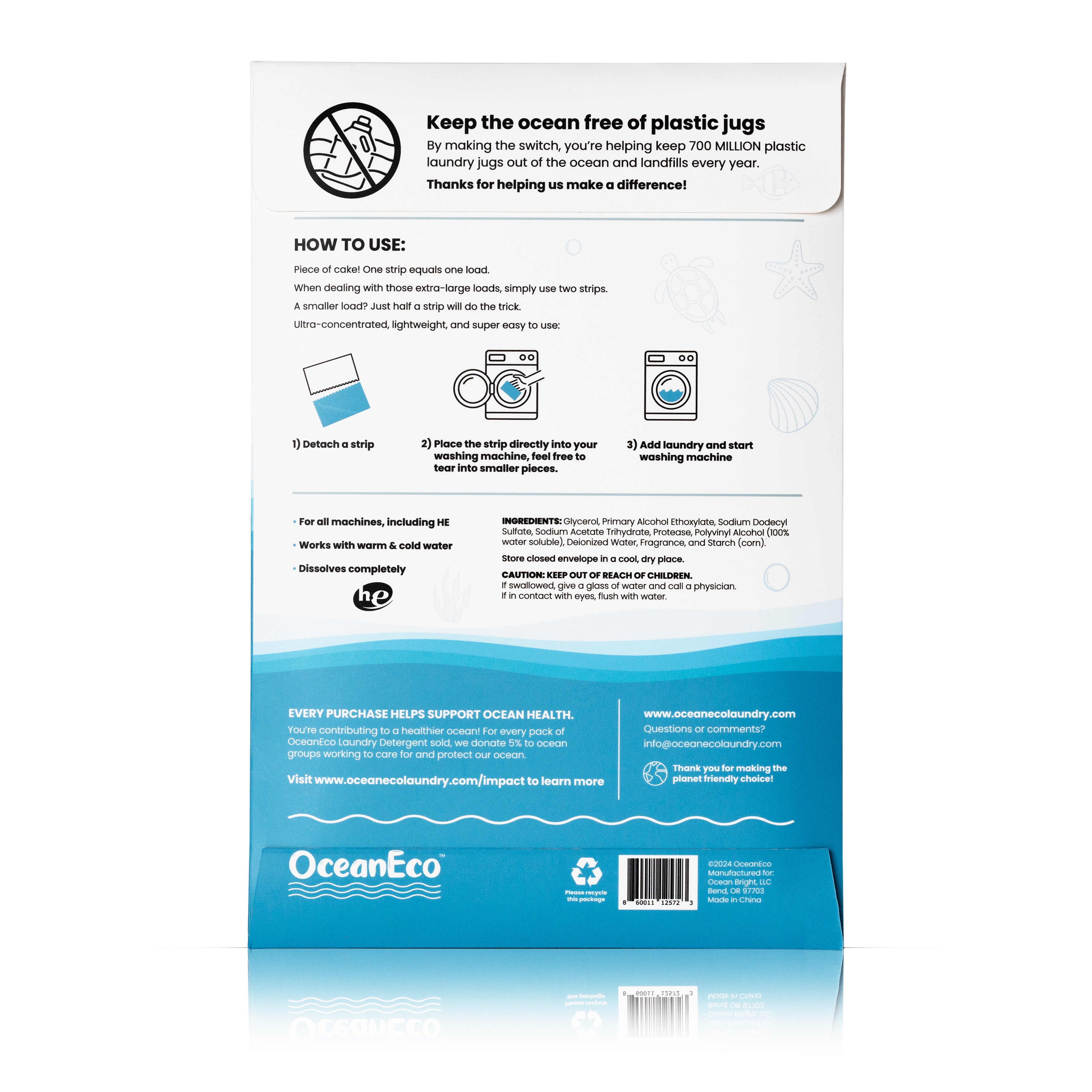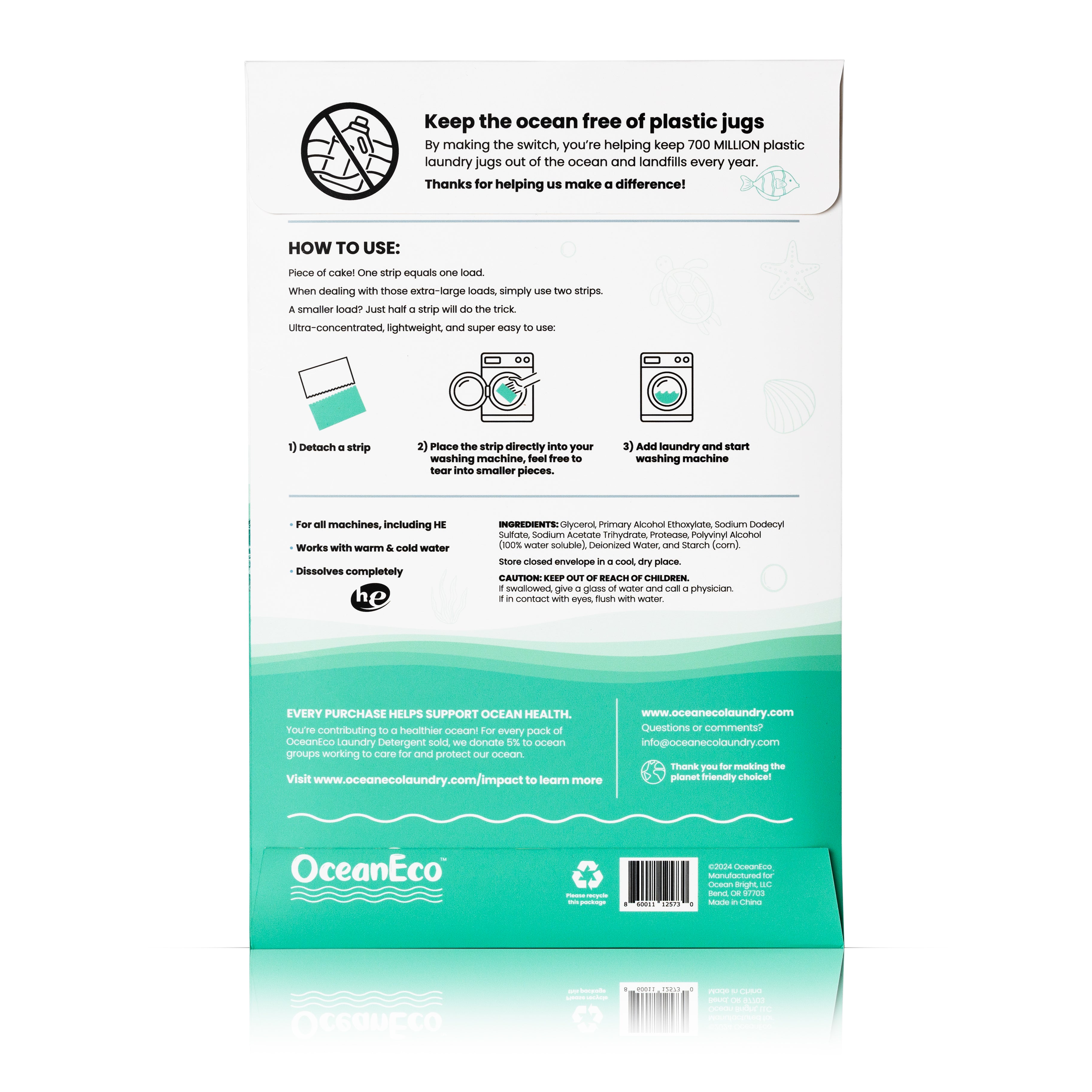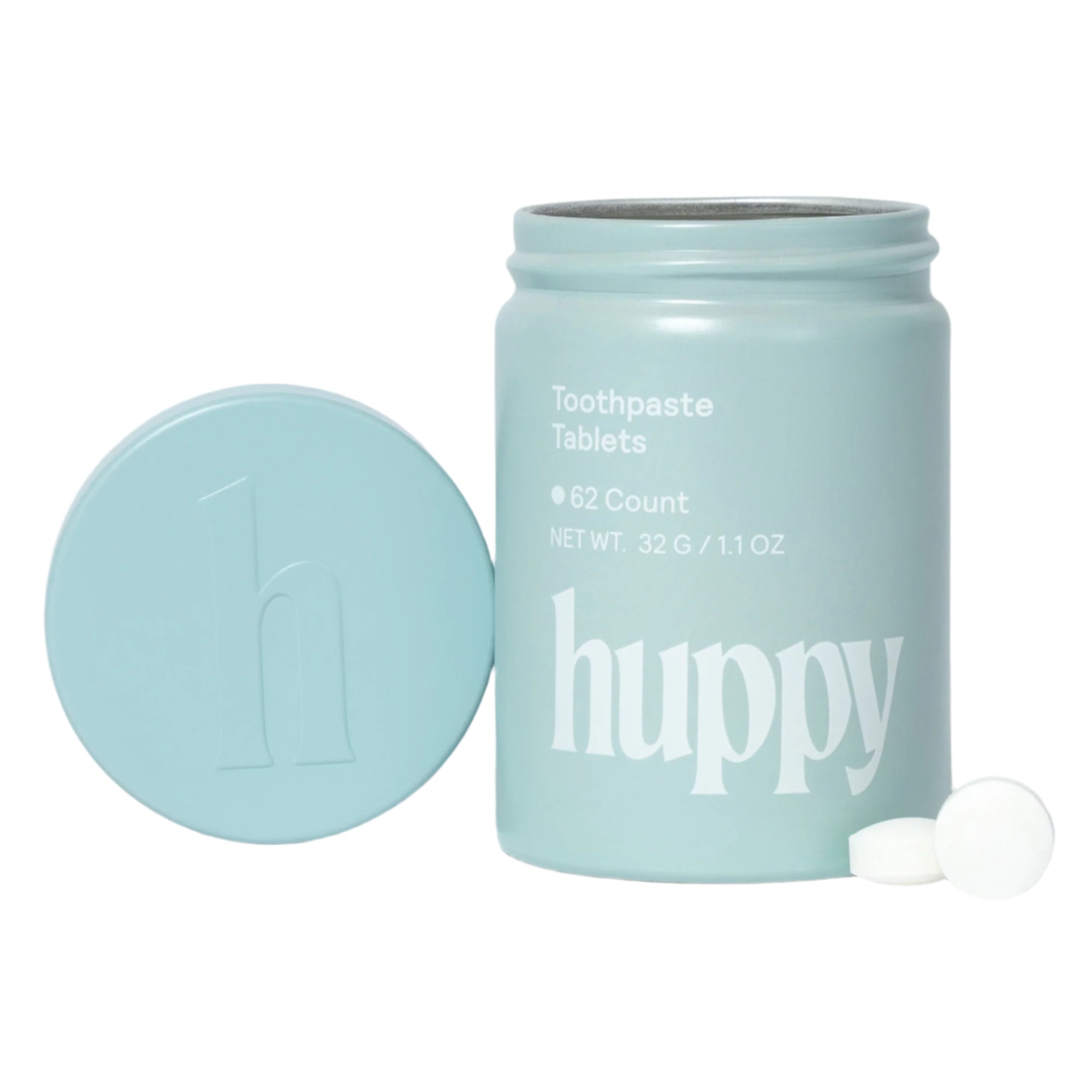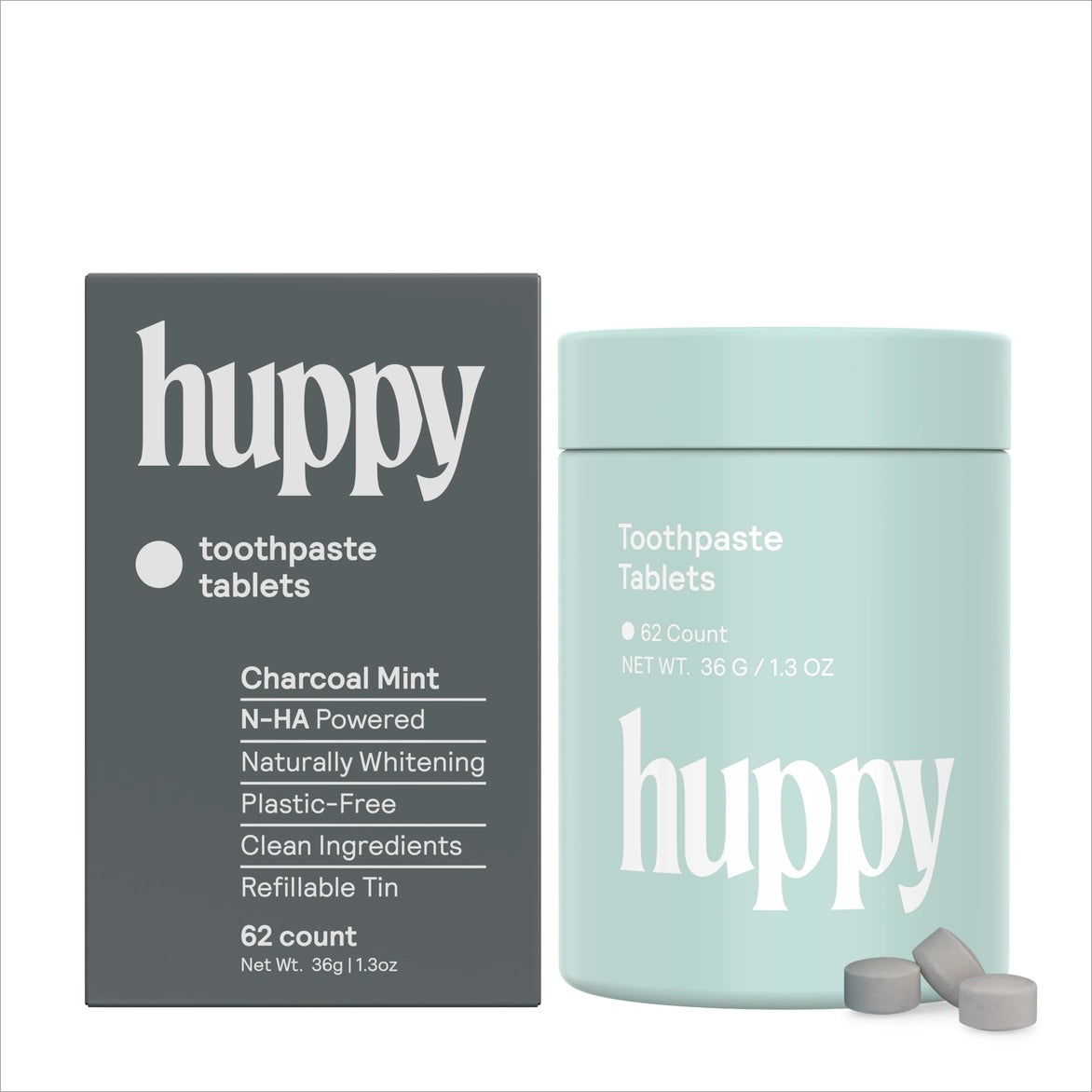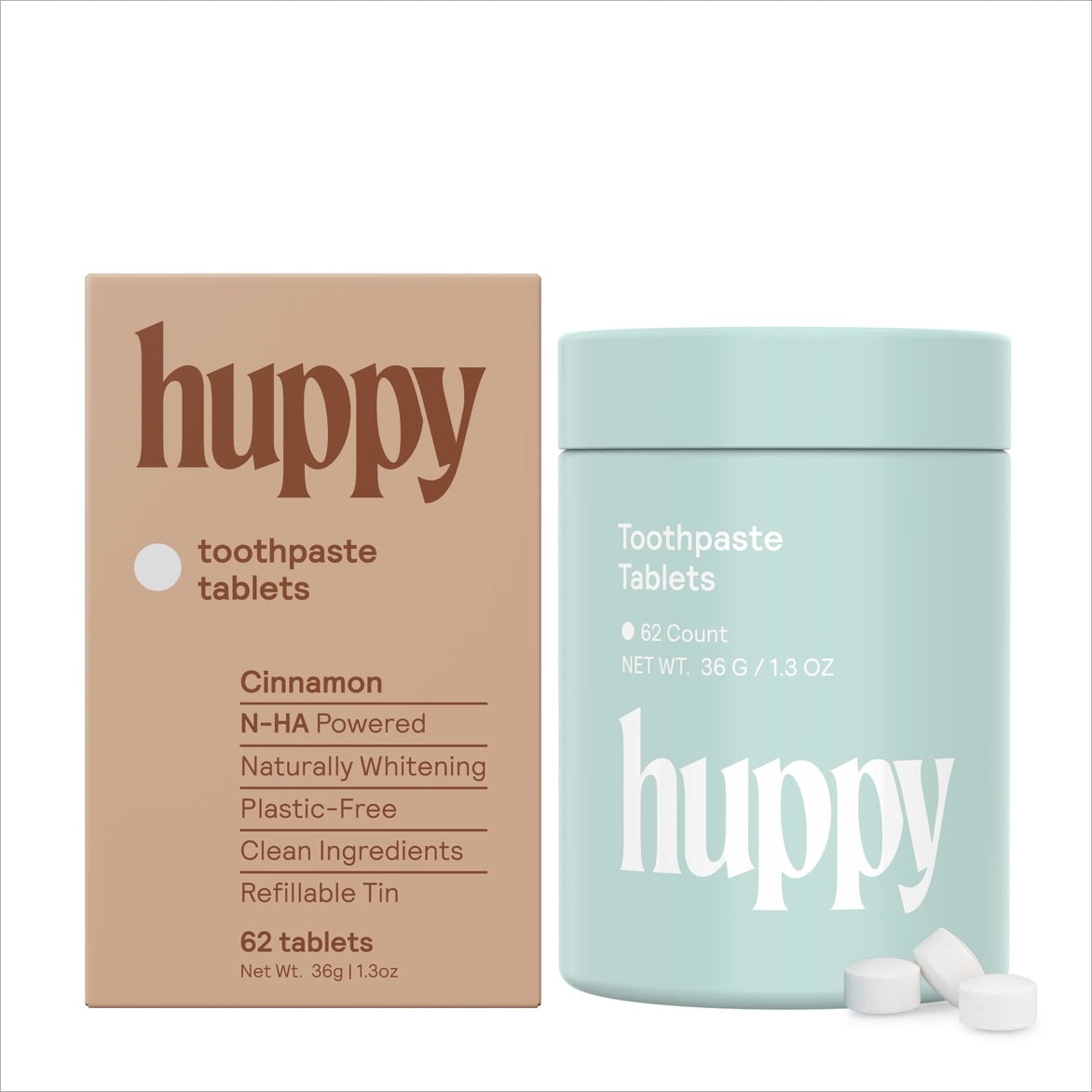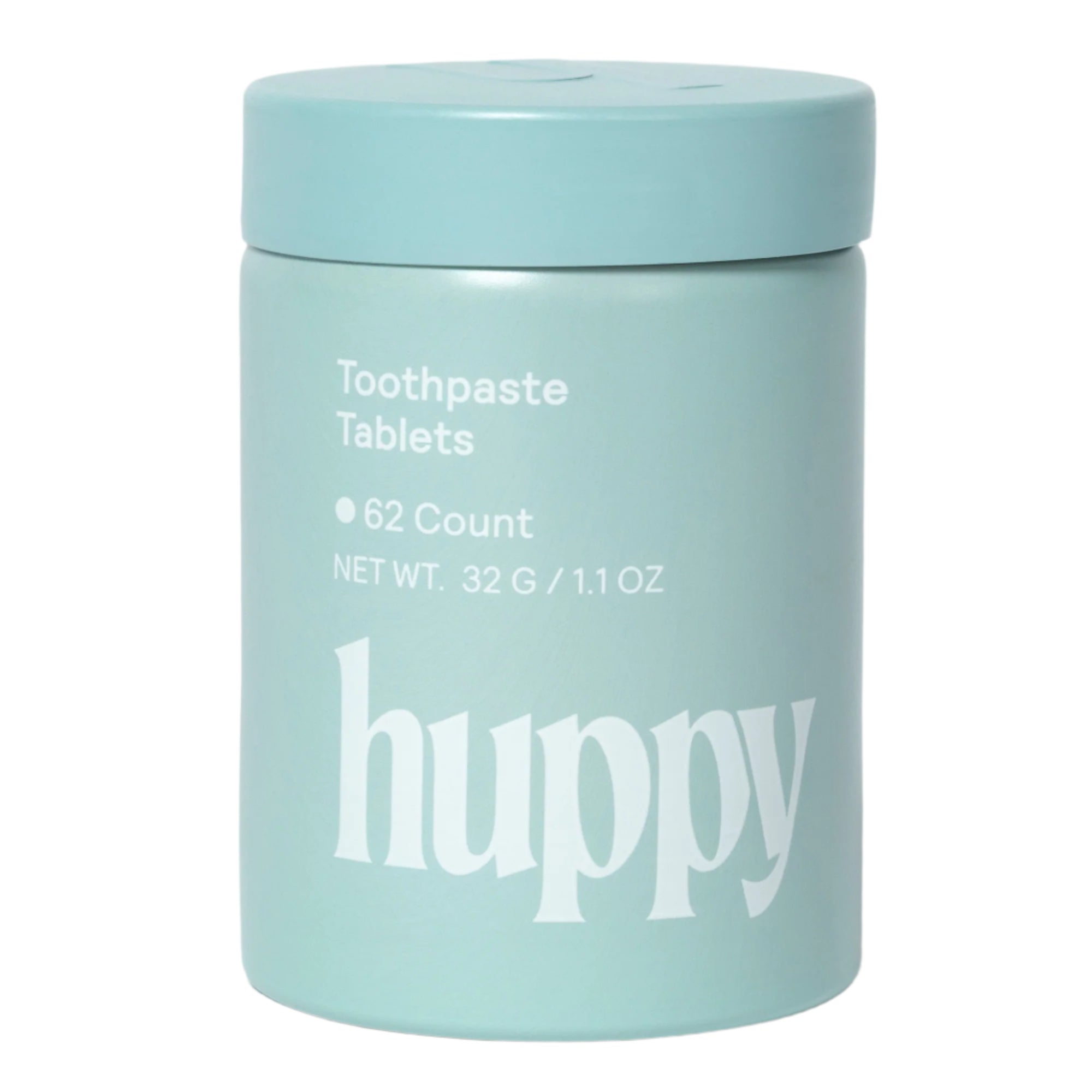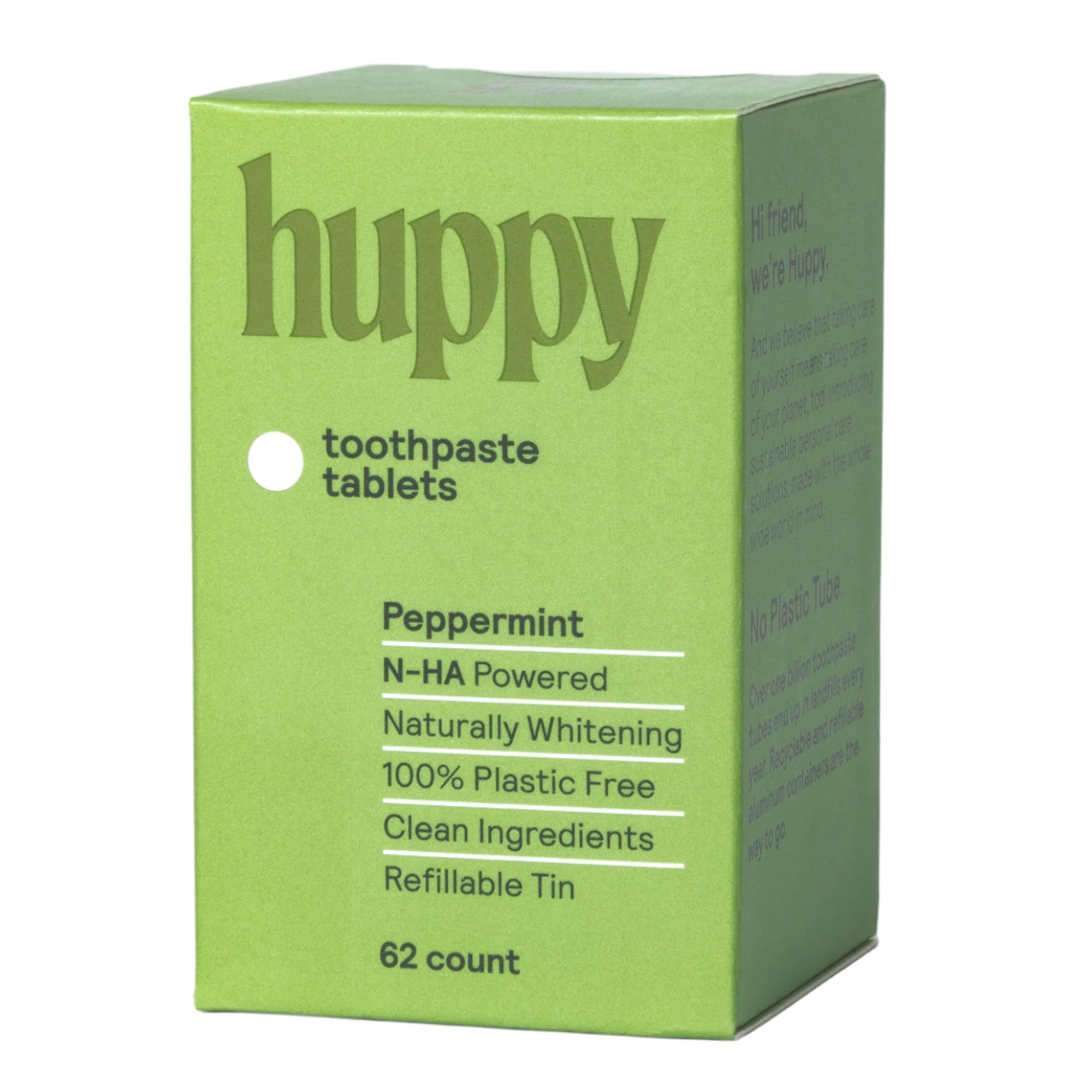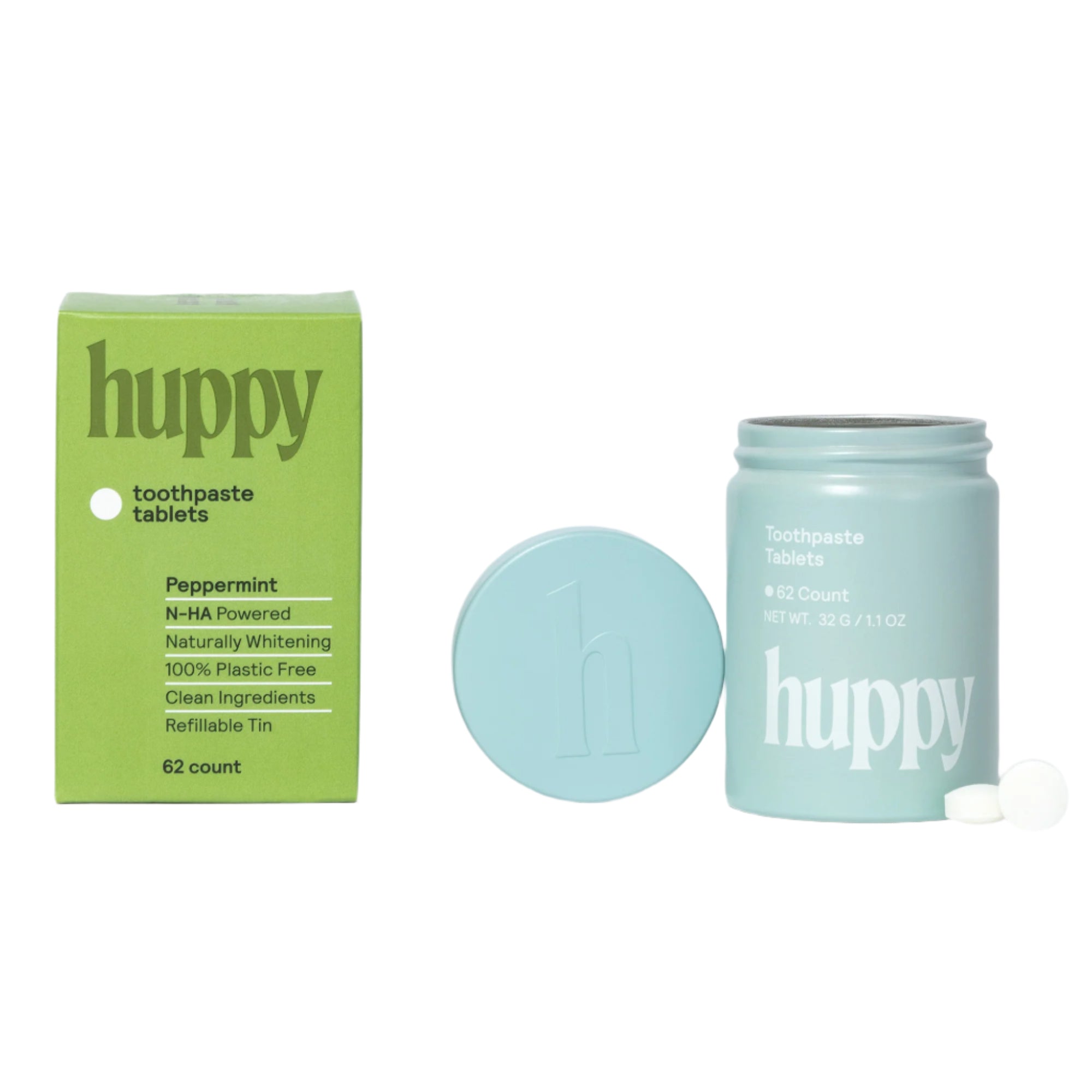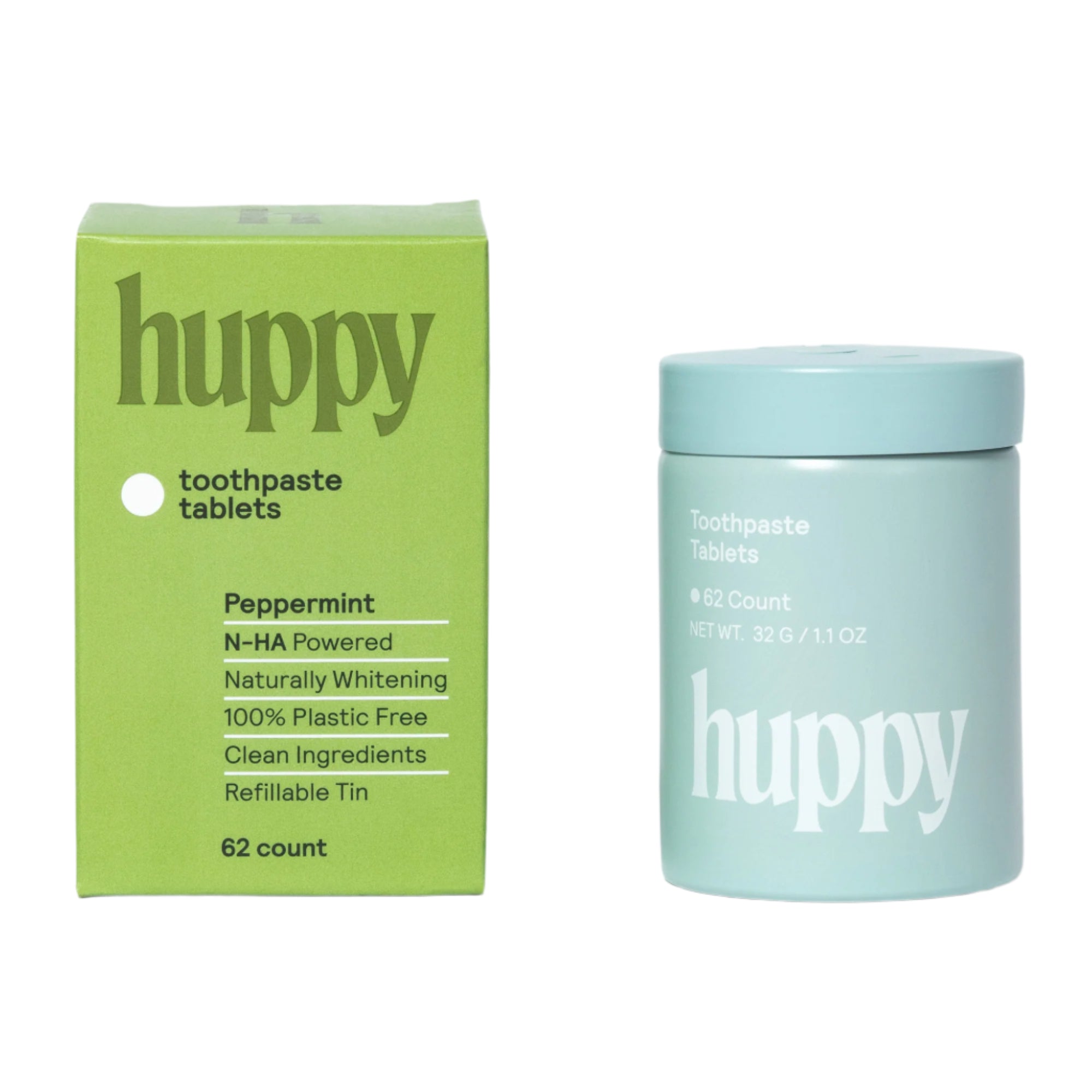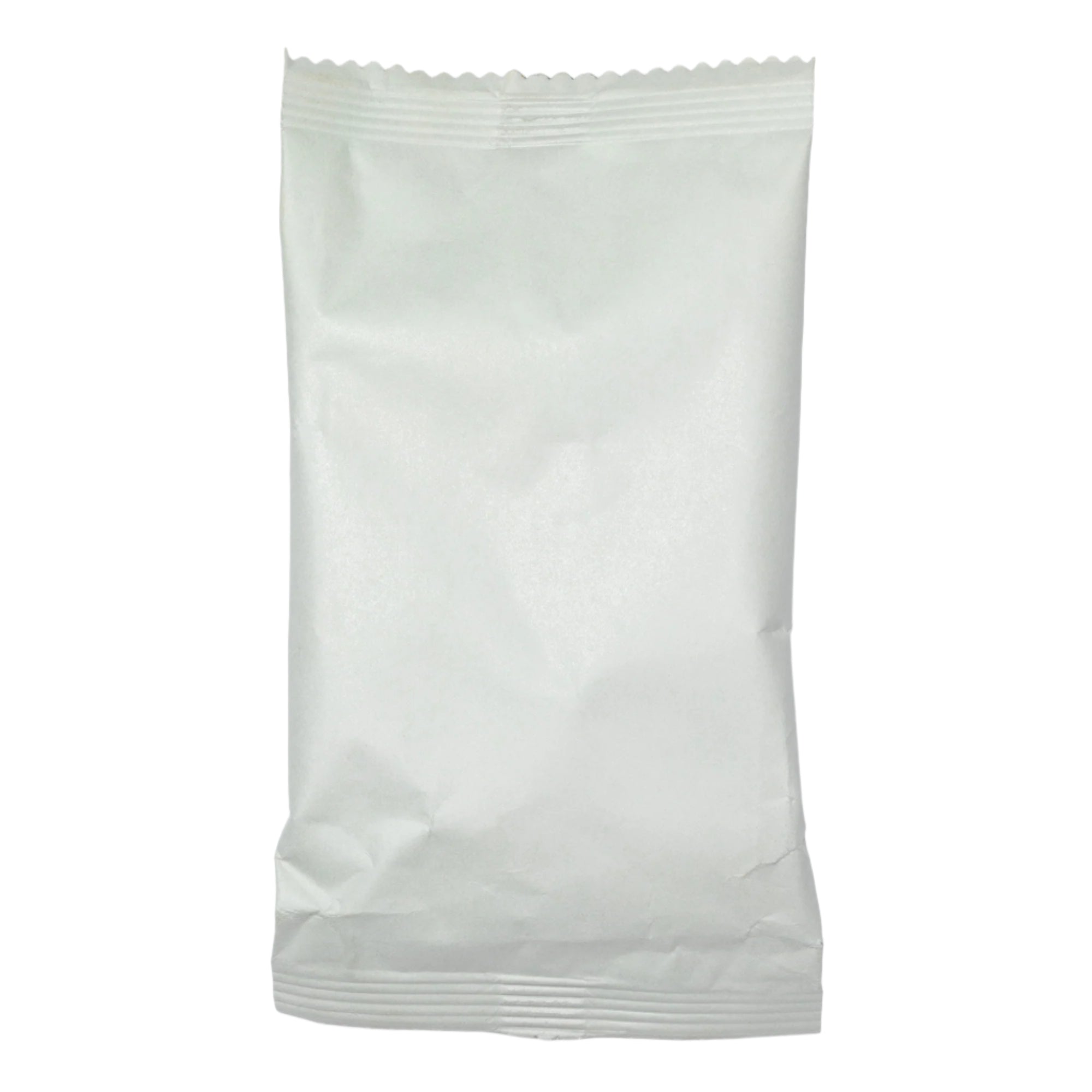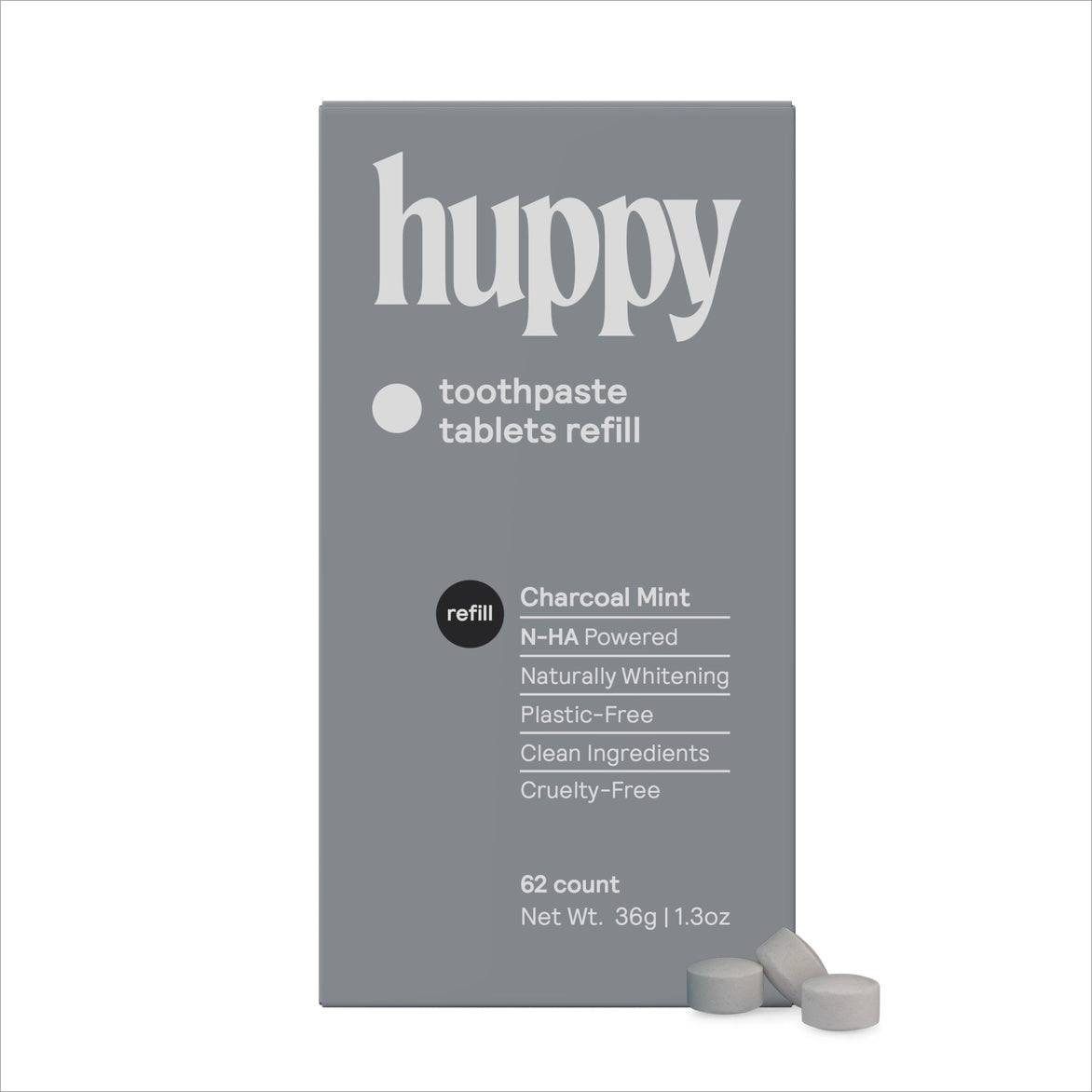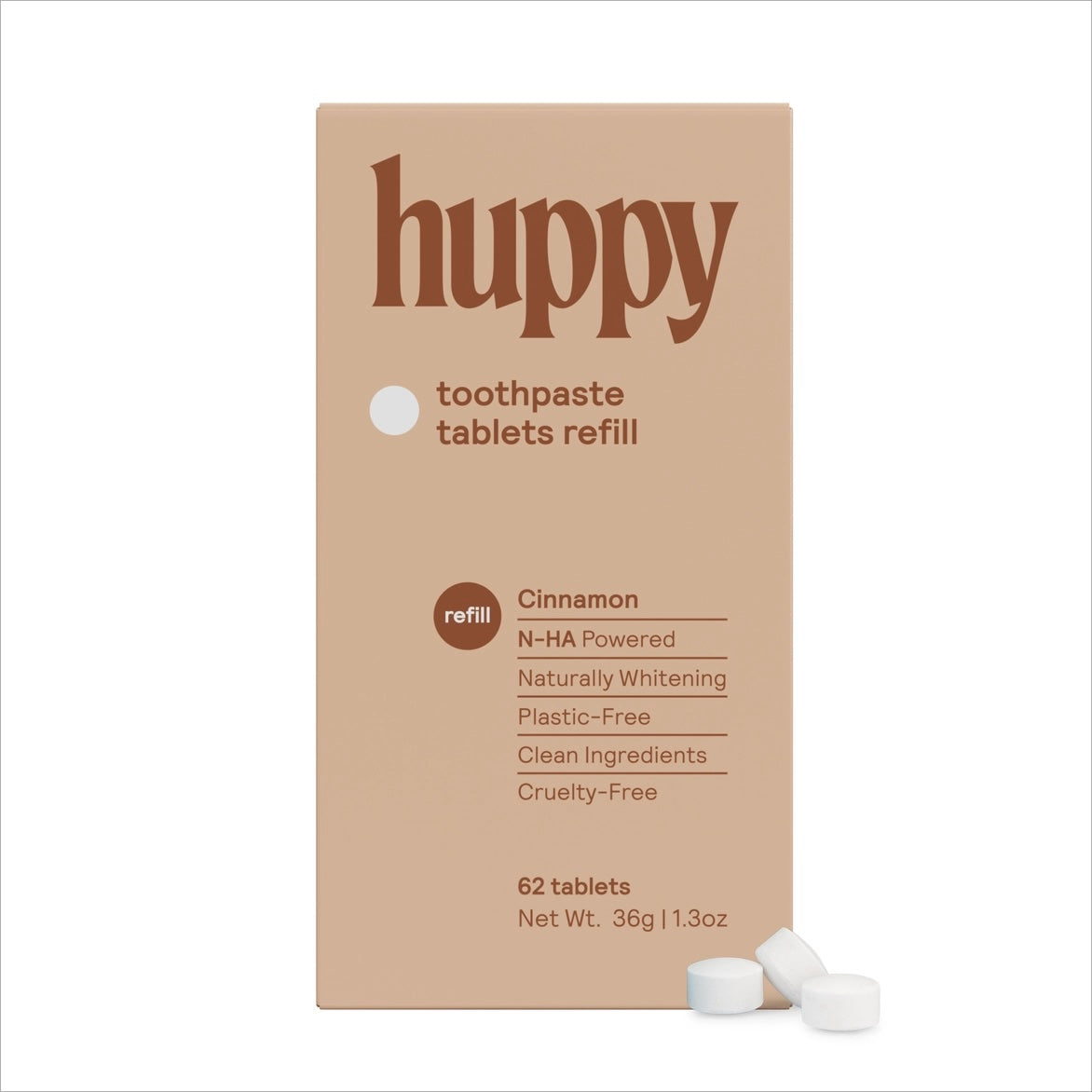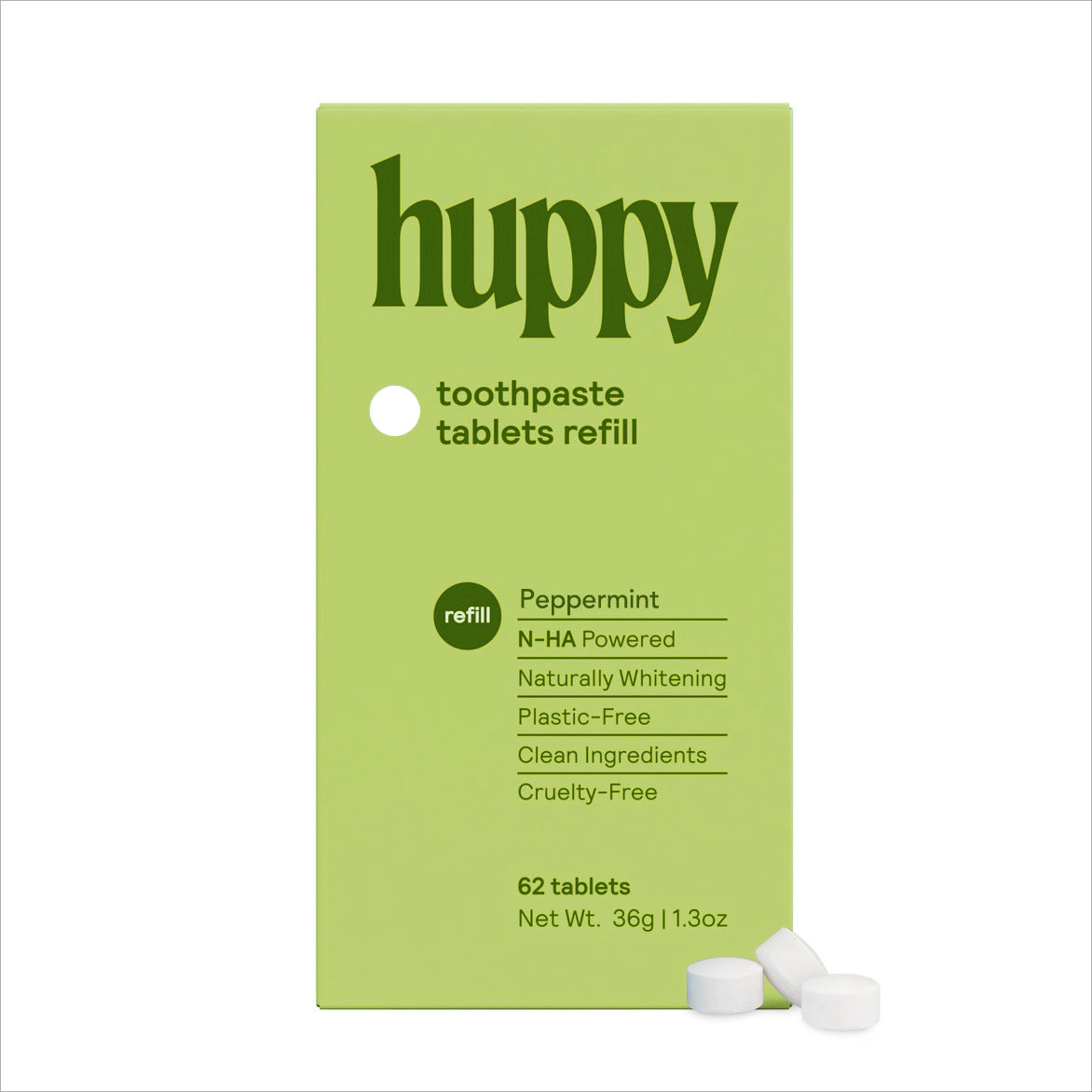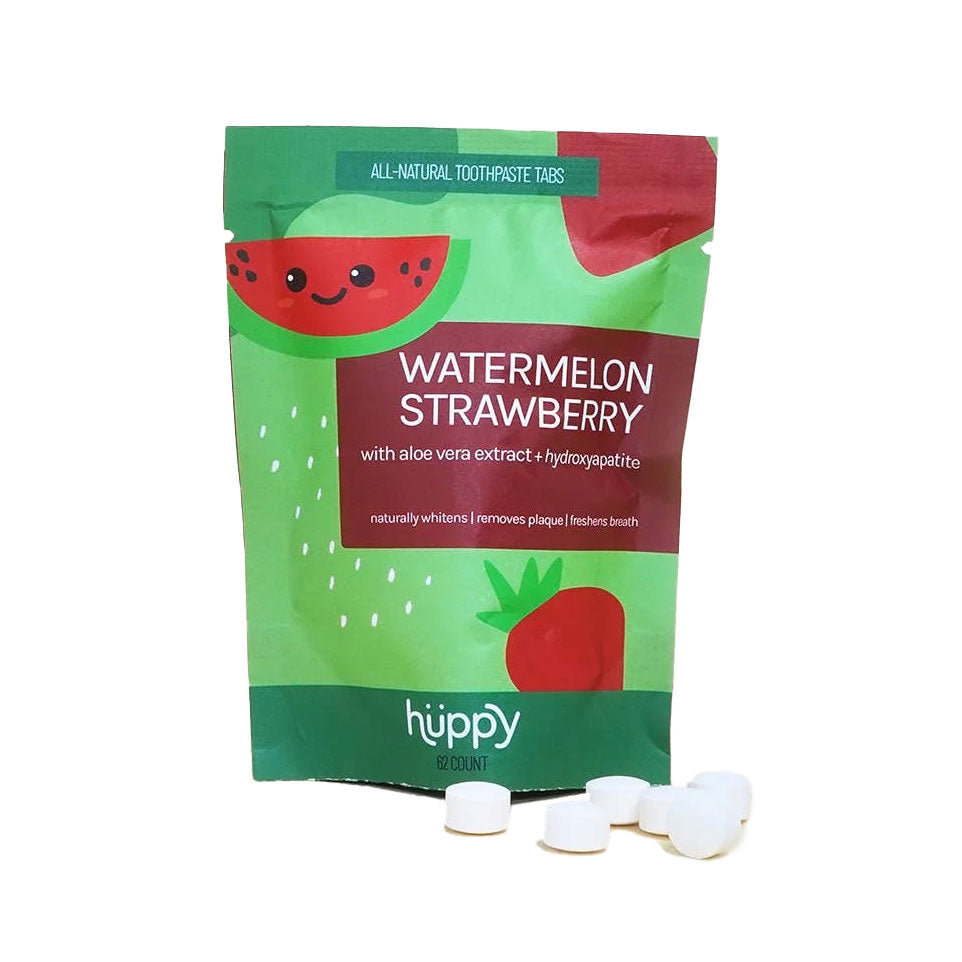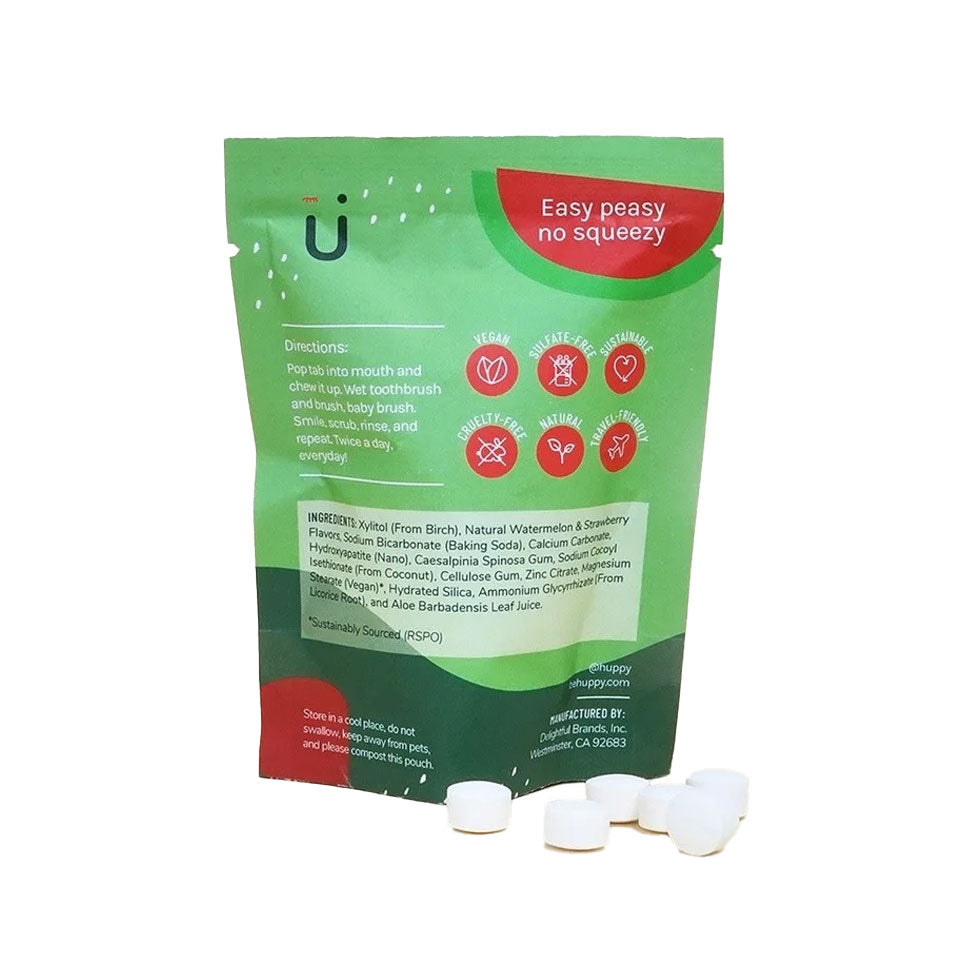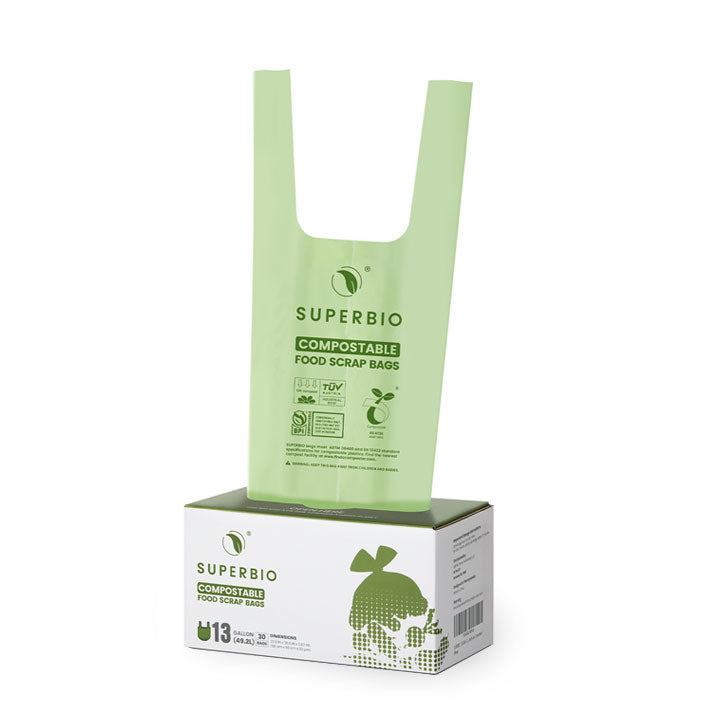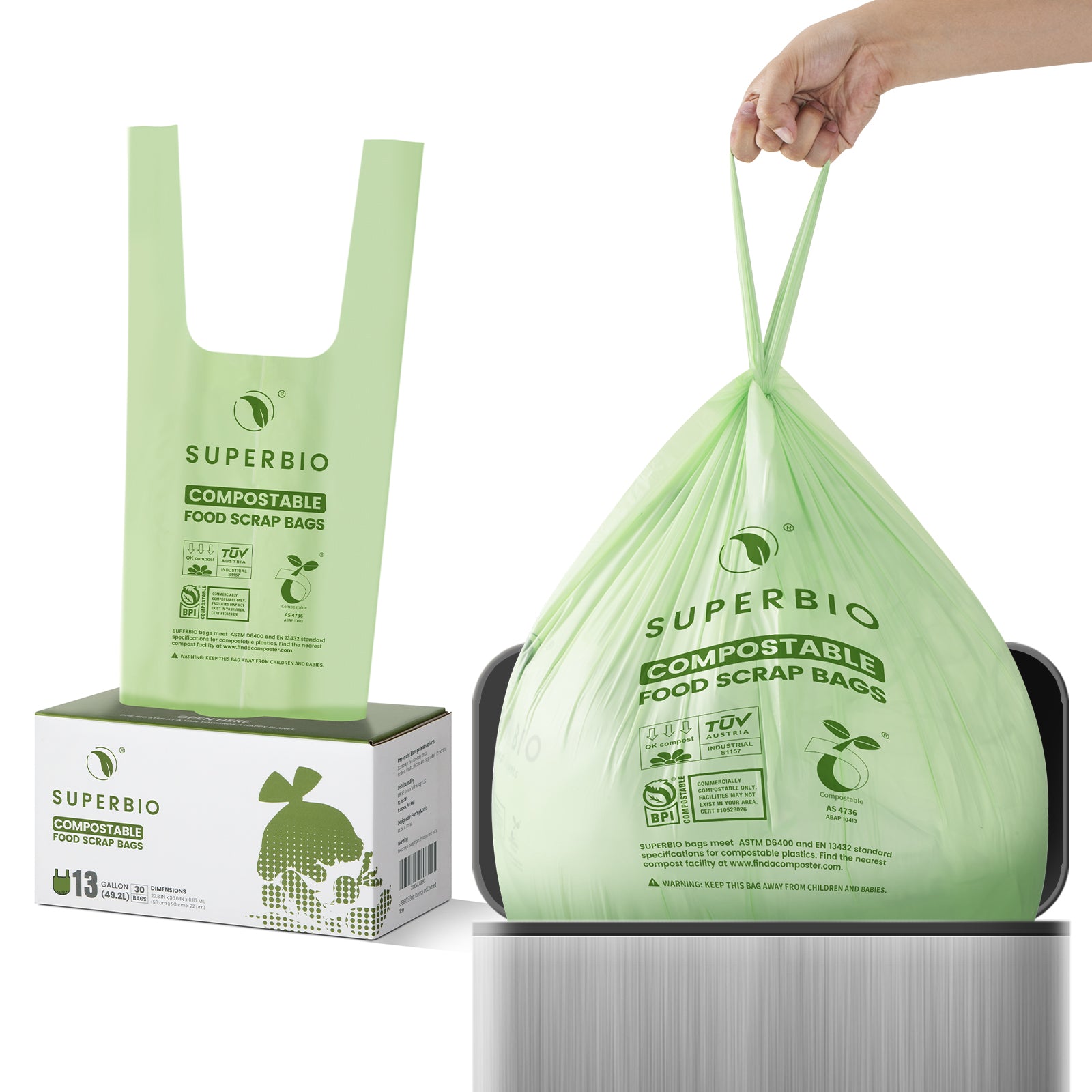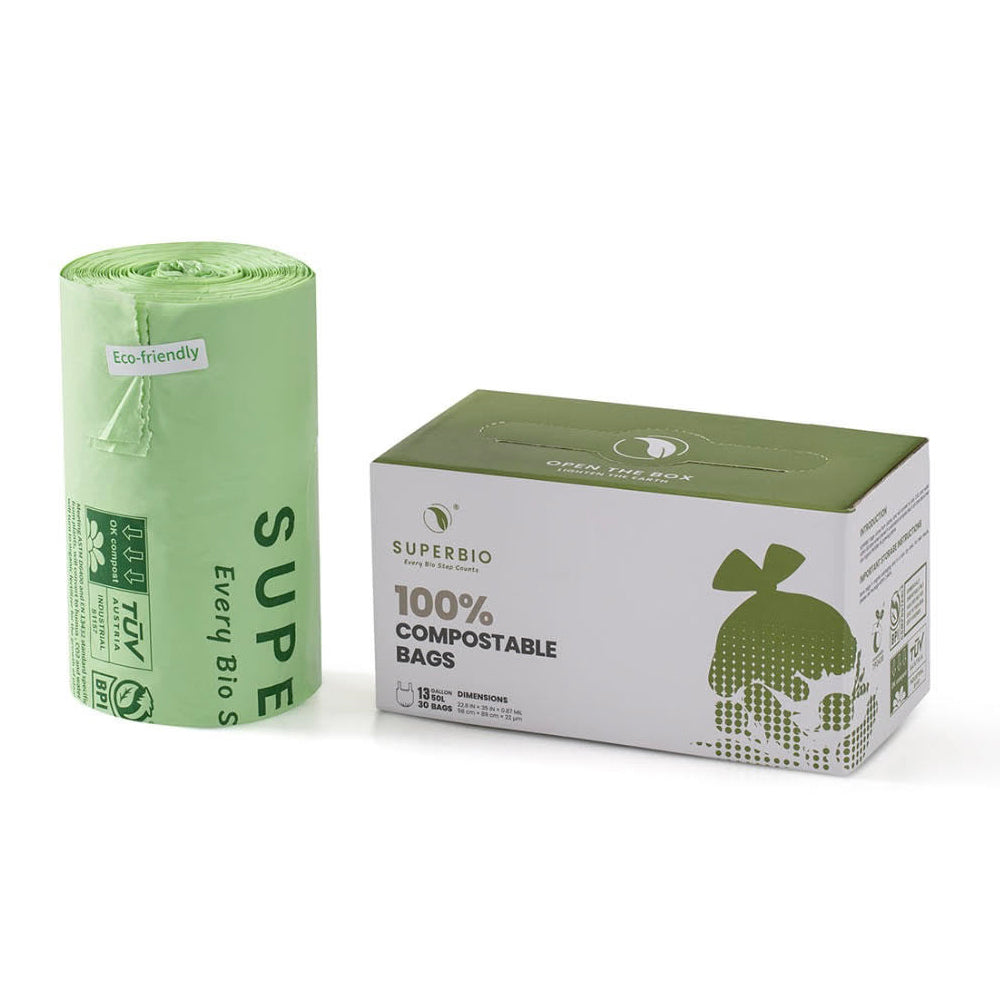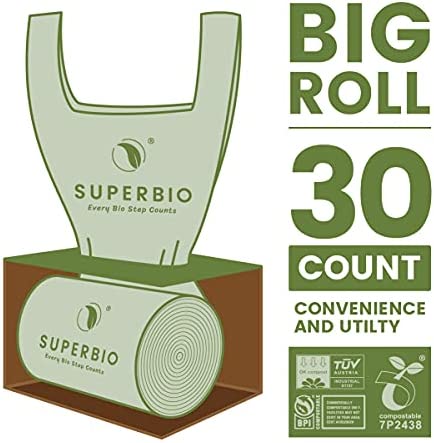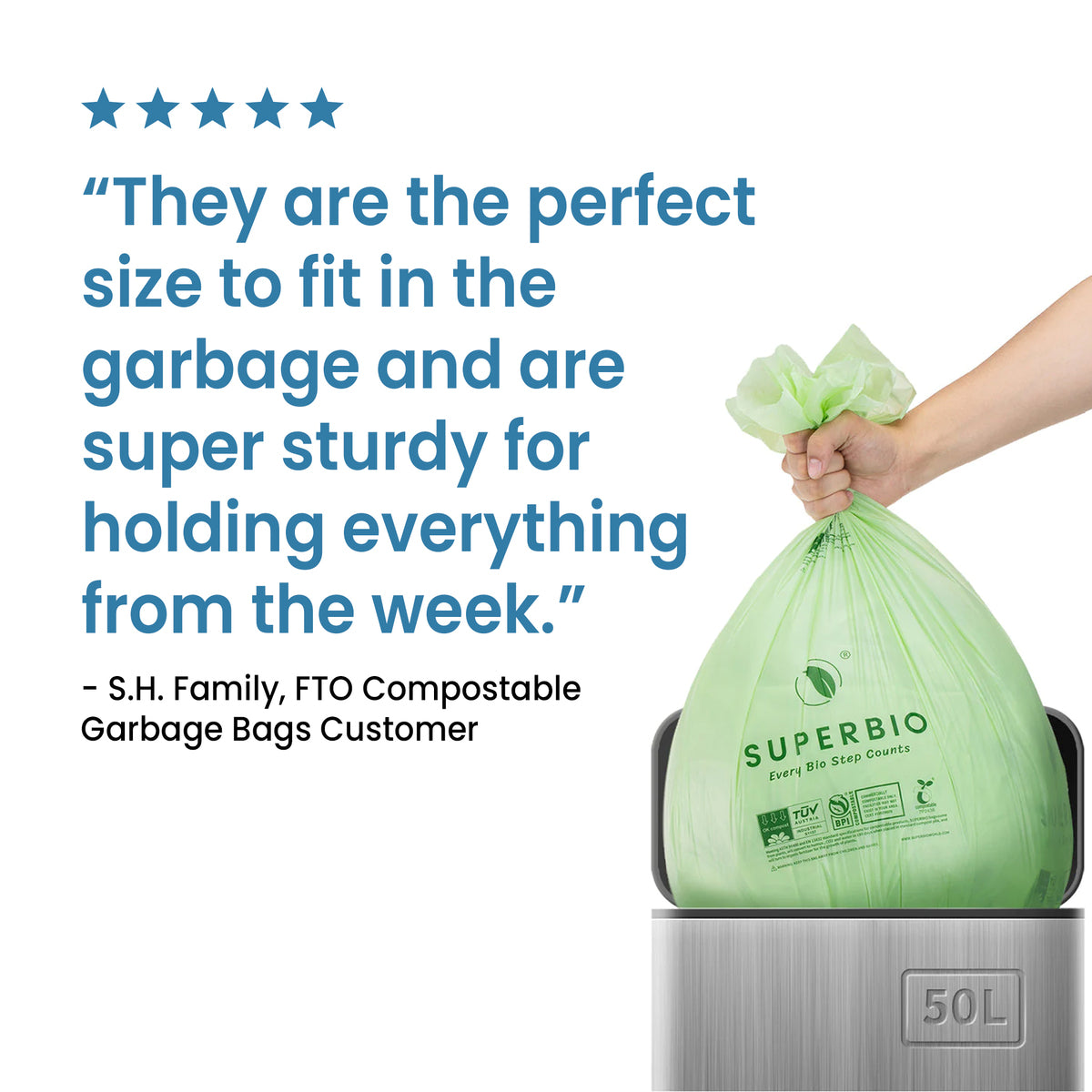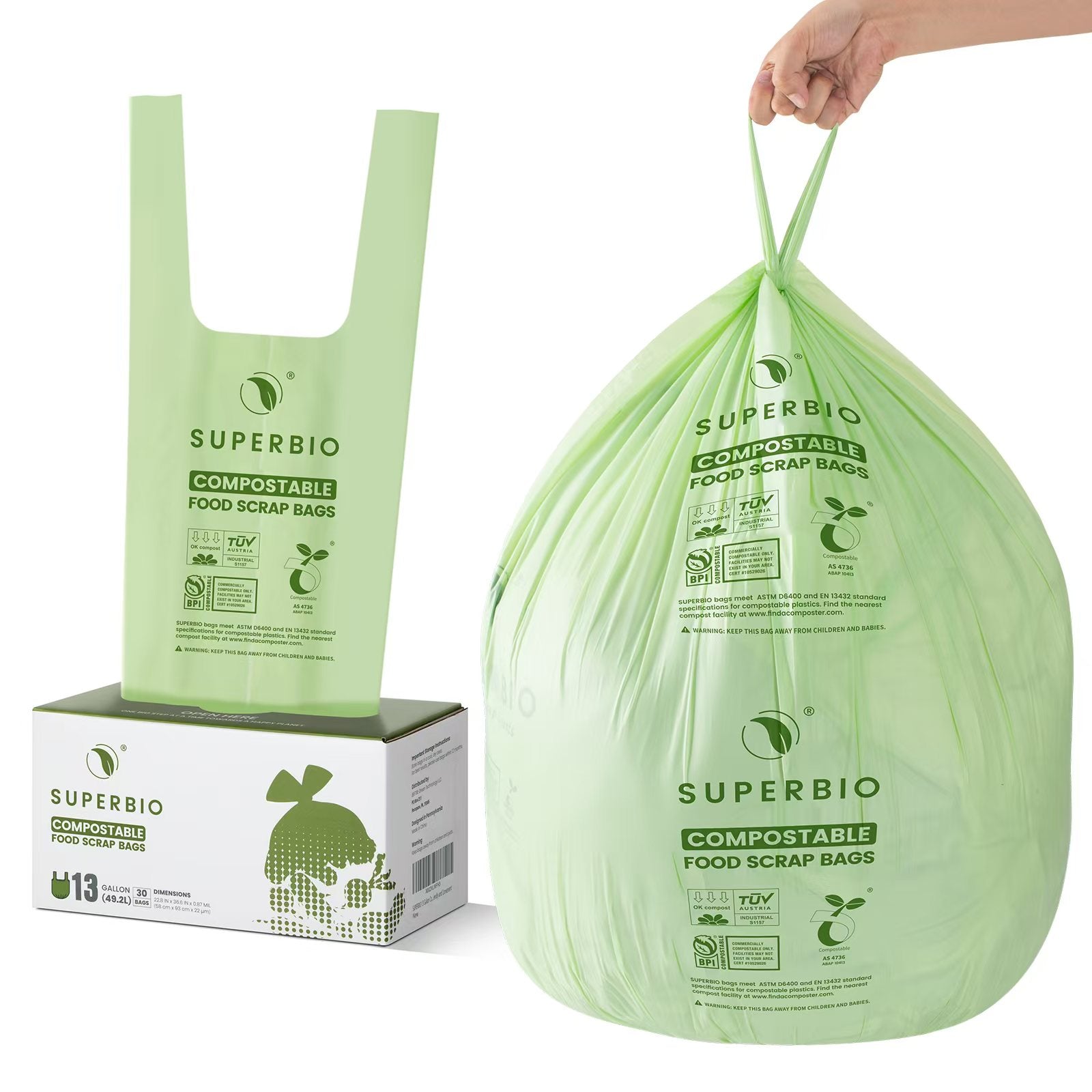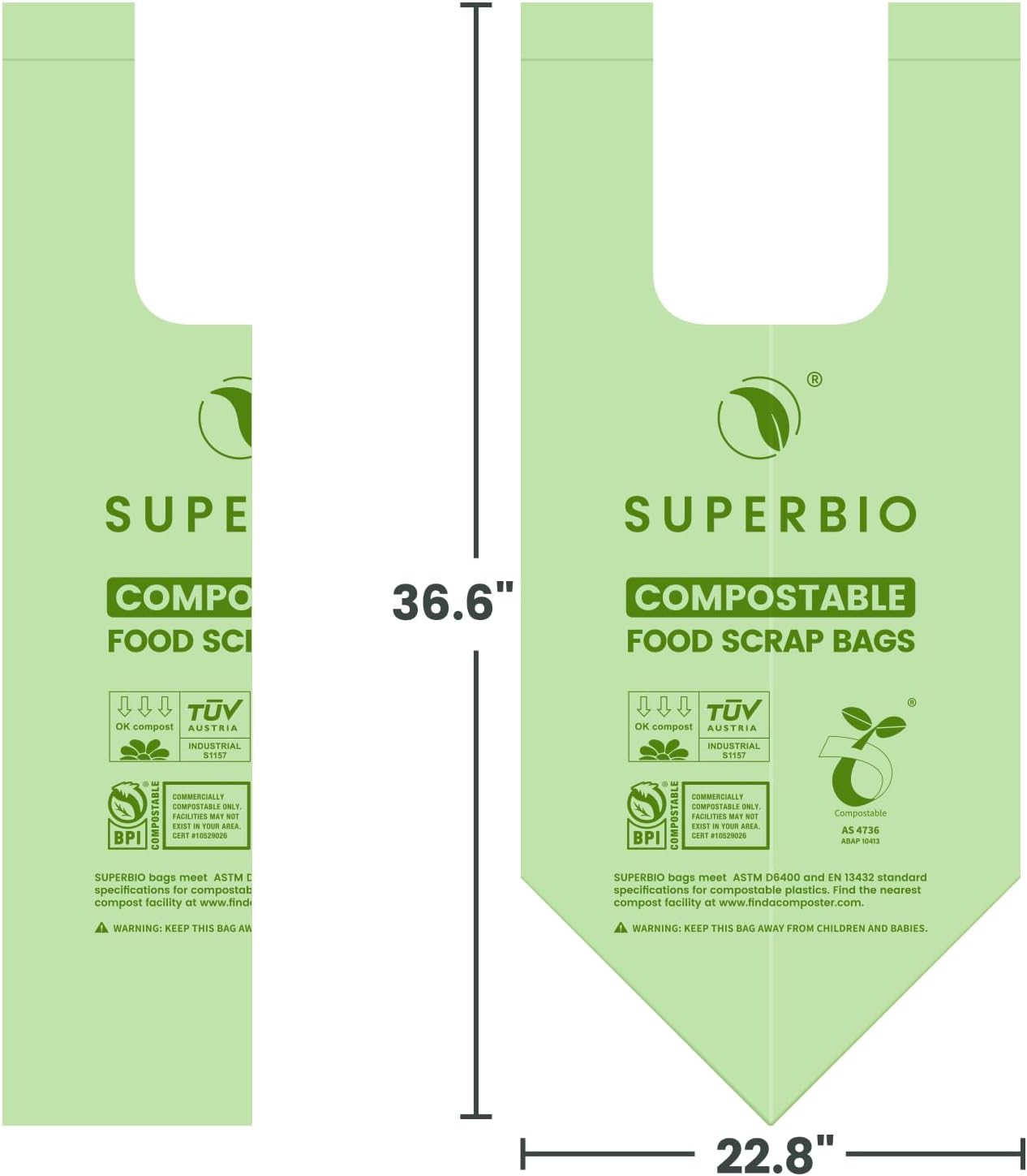How Synthetic Whale Poop Is Reviving Dying Marine Ecosystems
A new frontier in ocean conservation has scientists turning to an unexpected ally: artificial whale poop. This innovative approach aims to mimic the ecological benefits of whale feces, which play a critical role in ocean health and carbon sequestration.
Researchers from projects like WhaleX and the Marine Biomass Regeneration initiative are experimenting with synthetic alternatives, hoping to restore nutrient cycles disrupted by industrial whaling and enhance the ocean’s ability to combat climate change.

The Role of Whale Feces in Ocean Ecosystems
Whale feces are a powerhouse of nutrients, including iron, nitrogen, and phosphorus. These nutrients fuel phytoplankton blooms, which form the foundation of marine food chains and absorb carbon dioxide through photosynthesis. Phytoplankton contribute to nearly 50% of the planet's oxygen production and can lock away carbon when they sink to the ocean floor after dying. According to scientists, whale feces contain nutrient concentrations three to seven times higher than surrounding seawater, Smithsonian Magazine reports, making it a natural fertilizer for the ocean's surface ecosystem.
Over the last century, industrial whaling decimated global whale populations, significantly reducing the volume of whale feces in the oceans. This loss has disrupted nutrient cycles, stunted phytoplankton growth, and weakened carbon sequestration capabilities. Researchers now hope artificial whale poop can help fill the void.

The Science Behind Artificial Whale Poop
The synthetic feces being developed are designed to replicate the nutrient composition of real whale waste. A mixture of nitrogen, phosphorus, silicates, and iron in the substance encourages phytoplankton growth. In initial tests conducted in the Tasman Sea, WhaleX released nutrient-rich "plumes" into the water, spurring localized phytoplankton blooms. The team is now preparing for larger-scale trials using biopods—cylinders filled with nutrient-rich water to enhance phytoplankton growth before releasing it into the ocean, according to The Express Tribune.
David King, leading the Marine Biomass Regeneration initiative, is taking a different approach. As New Scientist reports, his team uses volcanic ash and glacial rock dust mixed with baked rice husks to simulate whale feces. These materials, which float near the ocean's surface, deliver essential nutrients while minimizing disruption to marine ecosystems. King’s experiments are set to begin near India and aim to test how effectively these nutrient rafts can spark phytoplankton blooms.

The Potential Benefits
If successful, these projects could help revive marine ecosystems, boost fish populations, and capture billions of tons of atmospheric carbon annually. WhaleX estimates its methods could remove up to 1.5 billion metric tons of carbon dioxide each year by applying artificial feces to nutrient-poor "dead zones" in the ocean. This approach aligns with a broader strategy of nature-based climate solutions, restoring ecosystems while addressing global emissions, Deutsche Welle reports.
Challenges and Criticisms
Despite its promise, the artificial whale poop initiative faces significant challenges. Critics, like Stanford University’s Matthew Savoca, question the long-term efficacy of short-term carbon storage in phytoplankton compared to methods that sequester carbon deep in the ocean. Others, such as marine biologist Joe Roman, warn of potential unintended consequences, including shifts in deep-sea chemistry and food web dynamics, VICE reports.
International treaties like the London Convention also pose legal hurdles, restricting large-scale experiments until safety can be proven. Researchers must ensure the artificial nutrients have no harmful effects on marine ecosystems, King told the New Scientist.

The Road Ahead
While the science of artificial whale feces is still in its infancy, the potential to restore ocean ecosystems and mitigate climate change is undeniable. As experiments progress, these projects may redefine our approach to marine conservation, turning to biomimicry to address some of the most pressing environmental challenges of our time.




























































































